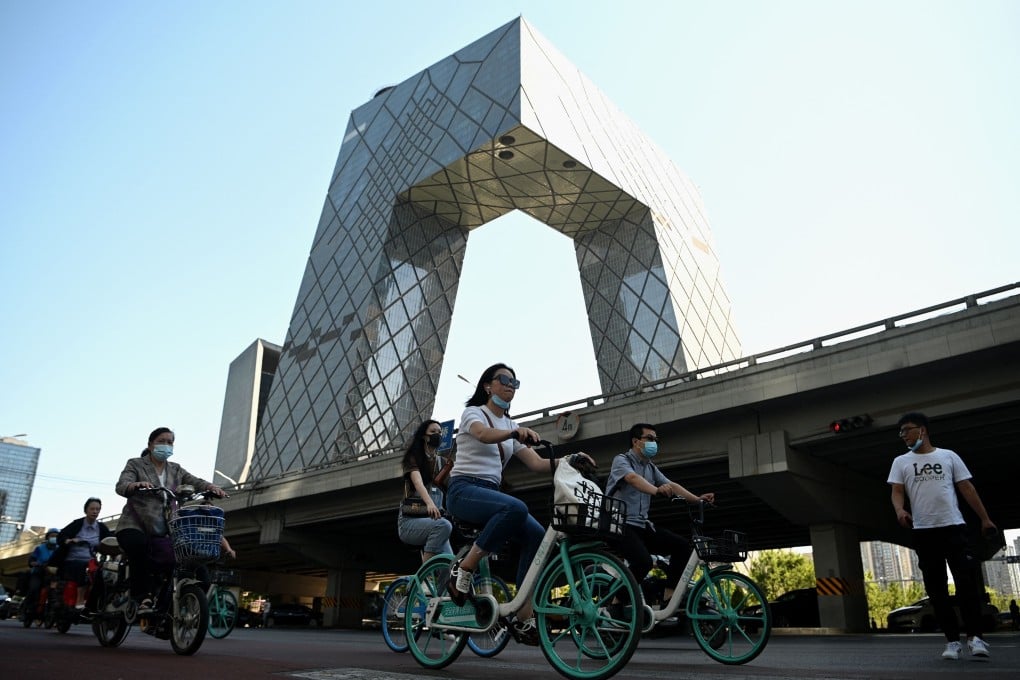China’s carbon neutral goal: Beijing sets ambitious hydropower storage goal to bolster wind, solar energy growth
- Beijing aims to double pumped storage hydropower generating capacity in five years and double it again by 2030
- Rapid expansion will help China meet its carbon peaking and carbon-neutrality goals, NEA says

The installed capacity will rise from 31.5 gigawatts (GW) at the end of last year to more than 62GW by 2025 and 120GW by 2030, the National Energy Administration (NEA) said on Thursday in a statement about the sector’s newly released 2021-2035 development plan.
“The plan aims to push forward rapid expansion of pumped storage power capacity, to meet the needs of large-scale new [and clean] energy projects development, so that they can make up a high proportion of future energy supply,” the NEA said. “This will help meet the nation’s carbon peaking and carbon-neutrality goals.”

02:38
China launches world’s largest carbon-trading scheme as part of 2060 carbon neutrality goal
Such infrastructure involves storing energy by pumping water from a reservoir to another one at a higher elevation, using power generated in excess of demand, including from solar and wind farms. The water in the higher reservoir is later released to generate hydropower when electricity supply is short, such as night time when solar power generation is not possible.
Insufficient power storage capacity would hold back renewable energy projects’ development, because their output’s inherent intermittency means absorbing it into the power distribution system will pose substantial supply stability risks. Storage will enhance power grids’ flexibility to balance demand and supply while providing green energy.
To meet its twin goals of carbon emissions peaking before 2030 and achieving net zero emissions by 2060, China aims to almost triple its capacity to generate power from wind and the Sun to more than 1,200GW by 2030.
Renewable energy will need to make up 75 per cent of energy demand by 2050 if the net zero goal is to be met, up from 17 per cent last year, according to Sanford Bernstein analysts’ estimates.